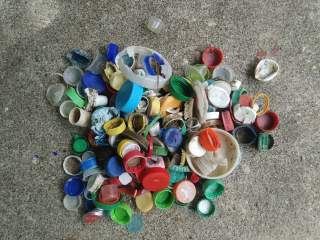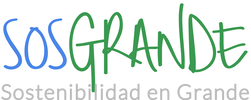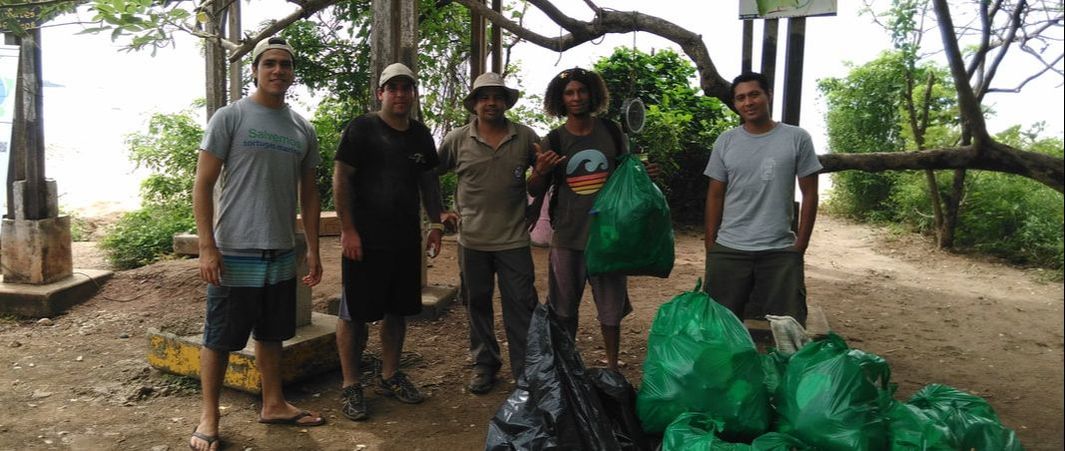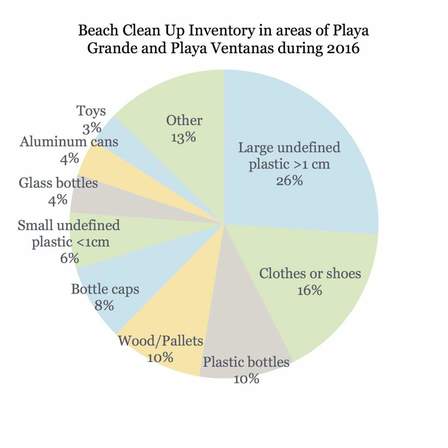|
Efforts done by neighbors, companies, volunteers, schools and government officials help to pick up 225 kilos of garbage from the nesting beaches, in which 25 kilos were sorted into different categories based on the material and its use. This article was originally published in The Leatherback Trust Marine pollution due to the mismanagement of trash, especially plastic, is one of the main threats that endanger the survival of sea turtles. Multiple studies show the impact that this material has generated on wildlife. There is even evidence of how a plastic fork can end up in the nose of an olive ridley turtle! Little by little, people are becoming aware of the problems related to the mismanagement of trash in the environment or the unnecessary use of single-use plastics. Across the world, different regions have taken the initiative to reduce the impacts from this type of pollution through the creation of public policies that seek to improve the conditions of different ecosystems, such as forests, rivers, beaches and oceans. In Costa Rica, the Government has begun to implement the National Recycling Strategy 2016-2021 and there is a new bill in Congress that seeks to discourage the use of single-use plastics. These policies will greatly help to reduce pollution. At the local level, The Leatherback Trust has committed to collaborating with Las Baulas National Marine Park and the Blue Flag Ecological Program, which both will be part of the National Recycling Strategy. We also conduct an awareness and environmental education campaign called Had Enough Plastic, which fulfills the dual objectives of The Leatherback Trust’s community outreach program as well as those of the National Park. As part of the Had Enough Plastic campaign, The Leatherback Trust carried out 12 different beach clean-ups in 2016. Around 100 people participated in these activities, including kids and adults. In total, we collected 225 kilos (496 pounds) of trash from Playa Grande and Playa Ventanas in Las Baulas National National Park! We inventoried 25 kilos (55 pounds) of trash found on the beaches of this protected area. From this sample, we found that undefined plastic pieces larger than 1 centimeter represented the greatest share of waste, measured by weight, (26.1%), followed by garments/shoes (16.4%) and plastic bottles (10.1%). The materials we found present in all the clean ups were pieces of undefined plastics, both larger and smaller than 1 centimeter, as well as bottle caps and plastic straws.  Diaz-Chuquisengo 2016 Plastic bottle caps found during a beach clean up in Playa Grande. Diaz-Chuquisengo 2016 Plastic bottle caps found during a beach clean up in Playa Grande. Plastics represented more than 58% of all the trash in our sample. Among the strangest materials collected were medical syringes, bottles with an Asian brand and even a foot belonging to a mannequin! These campaigns demonstrate the importance of different actions to improve the state of ecosystems, including marine and coastal ecosystems. For this reason, we will keep working on activities to promote the proper management of trash. We are also developing a communication program with the administration of the National Park to encourage trash collection and separation of recyclable materials. To measure progress, we began surveying visitors to Las Baulas National Park. Our results showed strong interest by visitors in taking actions to support a trash-free environment. We are grateful for the support of all The Leatherback Trust’s volunteers, school groups, and neighbors who participated in our beach clean-ups and trash classification efforts in coordination with Las Baulas National Marine Park. We look forward to involving more visitors in beach clean-ups and continuing to inventory the trash collected. With our volunteers and supporters, we hope to keep the oceans clean and beaches free of trash so that the only thing we see in the sand are the trails of nesting turtles that come to lay their eggs and the hatchlings making their way to the sea. |
AuthorSStaff Archives
February 2020
Categories
All
|
|
Home · Expeditions · Projects · Volunteer · Blog · Contact · En español
(+506) 8378-9640 · [email protected] © 2009-2024 Cabo Velas, Costa Rica |
|



 RSS Feed
RSS Feed

